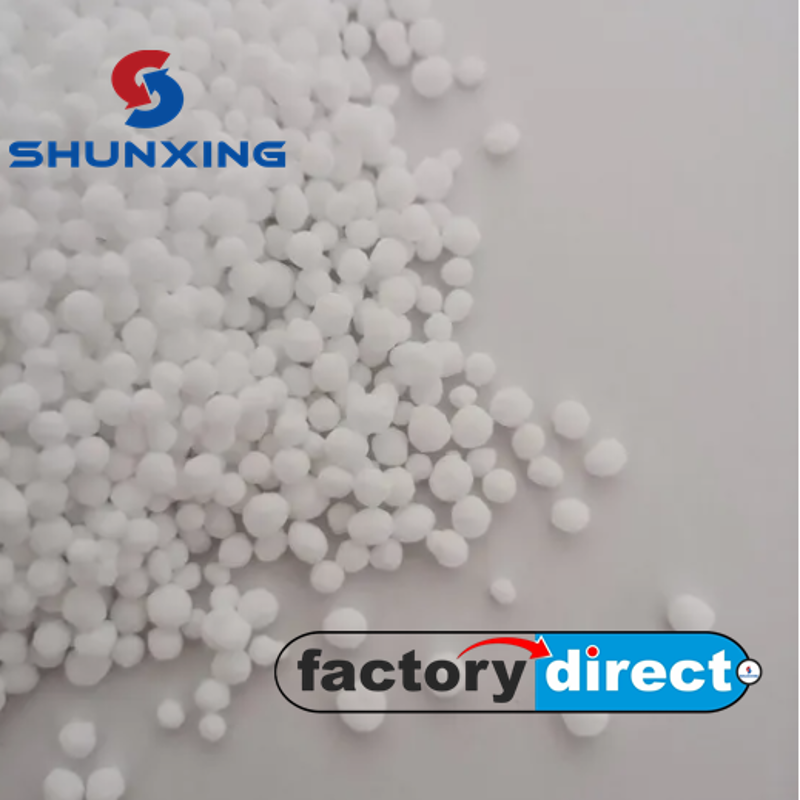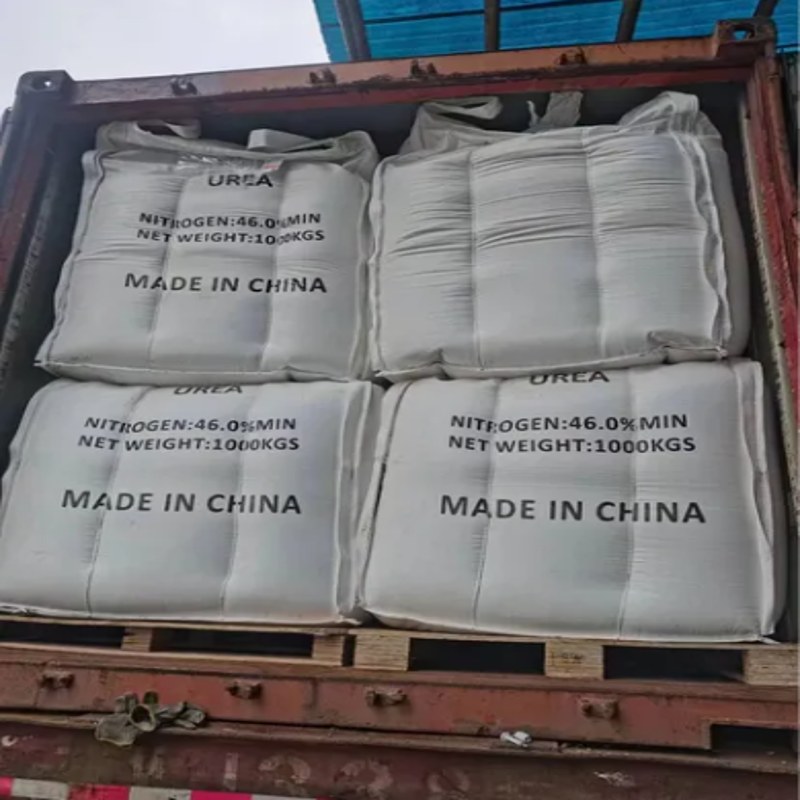-
Categories
-
Pharmaceutical Intermediates
-
Active Pharmaceutical Ingredients
-
Food Additives
- Industrial Coatings
- Agrochemicals
- Dyes and Pigments
- Surfactant
- Flavors and Fragrances
- Chemical Reagents
- Catalyst and Auxiliary
- Natural Products
- Inorganic Chemistry
-
Organic Chemistry
-
Biochemical Engineering
- Analytical Chemistry
-
Cosmetic Ingredient
- Water Treatment Chemical
-
Pharmaceutical Intermediates
Promotion
ECHEMI Mall
Wholesale
Weekly Price
Exhibition
News
-
Trade Service
Recently, the plant protection departments of Chongqing, Zhejiang, Hunan, Hubei, Guangxi, Jiangxi and other provinces (autonomous regions and municipalities) have released forecast information on the occurrence of rice stem borers this year.
Among them, the first generation of rice stem borers in Chongqing, Zhejiang and other provinces are more likely to occur; most rice regions in Hubei The first rice stem borer will occur; the base number of the first rice stem borer in Hunan is relatively high after winter, and the number of moths under the lamp of the first rice stem borer in Jiangxi is 3.
9 times that of the same period last year.
The control pressure is high; the occurrence of the first rice stem borer in Guangxi is overall It was the same as the previous year, with mild occurrence and moderate local occurrence
.
Agricultural experts suggest that in response to the occurrence and damage of Chilo suppressalis, insecticidal lamps and sex attractants should be actively carried out to prevent and control Chilo suppressalis; it is advocated to give priority to the use of biological pesticides, and to use high-efficiency, low-toxicity, and low-residue chemical agents for control
.
Pharmacy department selection: 1.
16000IU/mg Bacillus thuringiensis (BT) wettable powder with a commercial amount of 150-180 grams per mu
.
2.
20% triazophos EC is used in the commercial quantity of 75-100 ml per mu, and it is applied during the hatching period of the rice stem borer eggs
.
Note that the drug is more sensitive to bees, silkworms, and fish; 3.
40% chlorpyrifos EC, with a commercial volume of 78~96 ml per mu, is applied during the peak incubation period of the rice stem borer eggs
.
Note that the drug is sensitive to shrimp and fish, and has phytotoxicity to tobacco; 4.
90% insecticidal mono-soluble powder is used in commercial quantities of 50 to 60 grams per mu, and it is applied during the peak incubation period of the rice stem borer eggs
.
Note that the insecticides are more sensitive to silkworms
.
In response to the occurrence of the first generation of Chilo suppressalis, a comprehensive prevention and control plan must be adopted
.
Agricultural control: carry out spring irrigation before the emergence of S.
chinensis adults, and make use of recent effective rainfall or reservoir storage in various places to divert water and soak the fields in time
.
Manually remove the egg masses of the Chinese rice borer in the seedling field at the right time to reduce the source base of the first generation Chinese rice borer
.
Light trapping: Using the phototaxis of the Chinese rice stem borer, use frequency-vibrating insecticidal lamps to trap and kill during the occurrence of adults
.
Chemical control: use drugs at the right time during the egg incubation period, and you can choose triazophos, insecticidal ring, avi? triazophos, triazophos? chlorpyrifos and other agents
.
Occurrence of rice stem borers in various regions Chongqing City According to the forecast of the Chongqing Seed Management Station, due to the higher temperature in the winter of 2017 than usual, the number of pests per mu after winter of Chilo suppressalis is higher than the previous year
.
Based on the development progress of the Chilo suppressalis larvae and pupae, combined with the weather forecast from May to June, the annual occurrence, the farming system and management level and other factors, the overall occurrence of Chilo suppressalis this year is expected to be level 4.
The occurrence area is about 5.
5 million mu (times), and it occurs in the rice planting areas of the city
.
The control period for areas below 600 meters above sea level is from early to mid-May, and the control period for areas above 600 meters above sea level is from mid to late May to early June
.
The Zhejiang Provincial Plant Protection and Quarantine Bureau, based on the population base of Chilo suppressalis after winter, the layout of early rice cultivation, and future weather trends, and comprehensive analysis predict that the overall occurrence of Chilo suppressalis in 2017 will be moderate, and the pure single-season rice area will be moderately moderate.
Slight occurrence, moderate to severe occurrence in single- and double-season mixed rice areas, and large local occurrences
.
The developmental period of Chilo suppressalis is close to last year and normal years
.
According to the forecast of the Provincial Agricultural Meteorological Center, the average temperature in most parts of the province from April to June is higher than normal, and the higher in northern Zhejiang is more obvious; the precipitation in the whole province is higher than normal, and the central and western parts of Zhejiang and most of southern Zhejiang are more obvious than normal.
Too many, the overall climate conditions have no obvious adverse effects on the growth and development of Chilo suppressalis
.
The Hunan Province Plant Protection and Plant Inspection Station investigated the high base number of Chilo suppressalis after winter.
The average per mu in each city and prefecture was 1,330~14,720, and in Jiaping, the province was 4678, 1.
8 times of last year and 1.
5 times of the recent 5 years.
.
Since April, the number of insects under lamps has increased rapidly.
The province’s 23 key rice monitoring points have attracted 9747 moths per lamp, which is three times the same period last year and 1.
6 times the previous three years (2013~2015).
.
According to the survey of the number of insects under the lights and the development progress in various places: the overall development progress of the overwintering Chilo suppressalis in the province is 1 to 3 days later than last year.
The egg incubation period is from April 27 to May 13 in southern Hunan and May 13 in northern Hunan.
From 5th to May 20th, from May 10th to May 27th in western Hunan
.
The development progress of Chilo suppressalis has great regional differences, so it is necessary to strengthen investigation and monitoring, and scientific control
.
Based on the post-winter base survey, combined with historical data, rice production, regional distribution characteristics, and comprehensive analysis of future weather trends, the Hubei Provincial Plant Protection Station of Hubei Province predicts that this year's generation of Chilo suppressalis will be a major occurrence in most rice areas of the province
.
Among them, it occurred in eastern Hubei, Jianghan Plain, and northern Hubei, mainly affecting early rice and middle rice seedling fields
.
The rice areas in northwestern Hubei and southwest Hubei are moderately occurring, and localized more severely, which mainly damages middle rice
.
The peak adult emergence period in the central and southern Jianghan Plain and most of southeastern Hubei is from April 21 to May 13, and the egg incubation period is from May 2 to May 24, which is 2 to 3 days later than last year
.
The peak adult emergence period in the rice areas of northern and northwestern Hubei is from May 8th to May 30th, and the egg incubation period is from May 19th to June 10th.
The occurrence period is 4 to 5 days earlier than last year
.
Among them, the first generation of rice stem borers in Chongqing, Zhejiang and other provinces are more likely to occur; most rice regions in Hubei The first rice stem borer will occur; the base number of the first rice stem borer in Hunan is relatively high after winter, and the number of moths under the lamp of the first rice stem borer in Jiangxi is 3.
9 times that of the same period last year.
The control pressure is high; the occurrence of the first rice stem borer in Guangxi is overall It was the same as the previous year, with mild occurrence and moderate local occurrence
.
Agricultural experts suggest that in response to the occurrence and damage of Chilo suppressalis, insecticidal lamps and sex attractants should be actively carried out to prevent and control Chilo suppressalis; it is advocated to give priority to the use of biological pesticides, and to use high-efficiency, low-toxicity, and low-residue chemical agents for control
.
Pharmacy department selection: 1.
16000IU/mg Bacillus thuringiensis (BT) wettable powder with a commercial amount of 150-180 grams per mu
.
2.
20% triazophos EC is used in the commercial quantity of 75-100 ml per mu, and it is applied during the hatching period of the rice stem borer eggs
.
Note that the drug is more sensitive to bees, silkworms, and fish; 3.
40% chlorpyrifos EC, with a commercial volume of 78~96 ml per mu, is applied during the peak incubation period of the rice stem borer eggs
.
Note that the drug is sensitive to shrimp and fish, and has phytotoxicity to tobacco; 4.
90% insecticidal mono-soluble powder is used in commercial quantities of 50 to 60 grams per mu, and it is applied during the peak incubation period of the rice stem borer eggs
.
Note that the insecticides are more sensitive to silkworms
.
In response to the occurrence of the first generation of Chilo suppressalis, a comprehensive prevention and control plan must be adopted
.
Agricultural control: carry out spring irrigation before the emergence of S.
chinensis adults, and make use of recent effective rainfall or reservoir storage in various places to divert water and soak the fields in time
.
Manually remove the egg masses of the Chinese rice borer in the seedling field at the right time to reduce the source base of the first generation Chinese rice borer
.
Light trapping: Using the phototaxis of the Chinese rice stem borer, use frequency-vibrating insecticidal lamps to trap and kill during the occurrence of adults
.
Chemical control: use drugs at the right time during the egg incubation period, and you can choose triazophos, insecticidal ring, avi? triazophos, triazophos? chlorpyrifos and other agents
.
Occurrence of rice stem borers in various regions Chongqing City According to the forecast of the Chongqing Seed Management Station, due to the higher temperature in the winter of 2017 than usual, the number of pests per mu after winter of Chilo suppressalis is higher than the previous year
.
Based on the development progress of the Chilo suppressalis larvae and pupae, combined with the weather forecast from May to June, the annual occurrence, the farming system and management level and other factors, the overall occurrence of Chilo suppressalis this year is expected to be level 4.
The occurrence area is about 5.
5 million mu (times), and it occurs in the rice planting areas of the city
.
The control period for areas below 600 meters above sea level is from early to mid-May, and the control period for areas above 600 meters above sea level is from mid to late May to early June
.
The Zhejiang Provincial Plant Protection and Quarantine Bureau, based on the population base of Chilo suppressalis after winter, the layout of early rice cultivation, and future weather trends, and comprehensive analysis predict that the overall occurrence of Chilo suppressalis in 2017 will be moderate, and the pure single-season rice area will be moderately moderate.
Slight occurrence, moderate to severe occurrence in single- and double-season mixed rice areas, and large local occurrences
.
The developmental period of Chilo suppressalis is close to last year and normal years
.
According to the forecast of the Provincial Agricultural Meteorological Center, the average temperature in most parts of the province from April to June is higher than normal, and the higher in northern Zhejiang is more obvious; the precipitation in the whole province is higher than normal, and the central and western parts of Zhejiang and most of southern Zhejiang are more obvious than normal.
Too many, the overall climate conditions have no obvious adverse effects on the growth and development of Chilo suppressalis
.
The Hunan Province Plant Protection and Plant Inspection Station investigated the high base number of Chilo suppressalis after winter.
The average per mu in each city and prefecture was 1,330~14,720, and in Jiaping, the province was 4678, 1.
8 times of last year and 1.
5 times of the recent 5 years.
.
Since April, the number of insects under lamps has increased rapidly.
The province’s 23 key rice monitoring points have attracted 9747 moths per lamp, which is three times the same period last year and 1.
6 times the previous three years (2013~2015).
.
According to the survey of the number of insects under the lights and the development progress in various places: the overall development progress of the overwintering Chilo suppressalis in the province is 1 to 3 days later than last year.
The egg incubation period is from April 27 to May 13 in southern Hunan and May 13 in northern Hunan.
From 5th to May 20th, from May 10th to May 27th in western Hunan
.
The development progress of Chilo suppressalis has great regional differences, so it is necessary to strengthen investigation and monitoring, and scientific control
.
Based on the post-winter base survey, combined with historical data, rice production, regional distribution characteristics, and comprehensive analysis of future weather trends, the Hubei Provincial Plant Protection Station of Hubei Province predicts that this year's generation of Chilo suppressalis will be a major occurrence in most rice areas of the province
.
Among them, it occurred in eastern Hubei, Jianghan Plain, and northern Hubei, mainly affecting early rice and middle rice seedling fields
.
The rice areas in northwestern Hubei and southwest Hubei are moderately occurring, and localized more severely, which mainly damages middle rice
.
The peak adult emergence period in the central and southern Jianghan Plain and most of southeastern Hubei is from April 21 to May 13, and the egg incubation period is from May 2 to May 24, which is 2 to 3 days later than last year
.
The peak adult emergence period in the rice areas of northern and northwestern Hubei is from May 8th to May 30th, and the egg incubation period is from May 19th to June 10th.
The occurrence period is 4 to 5 days earlier than last year
.







